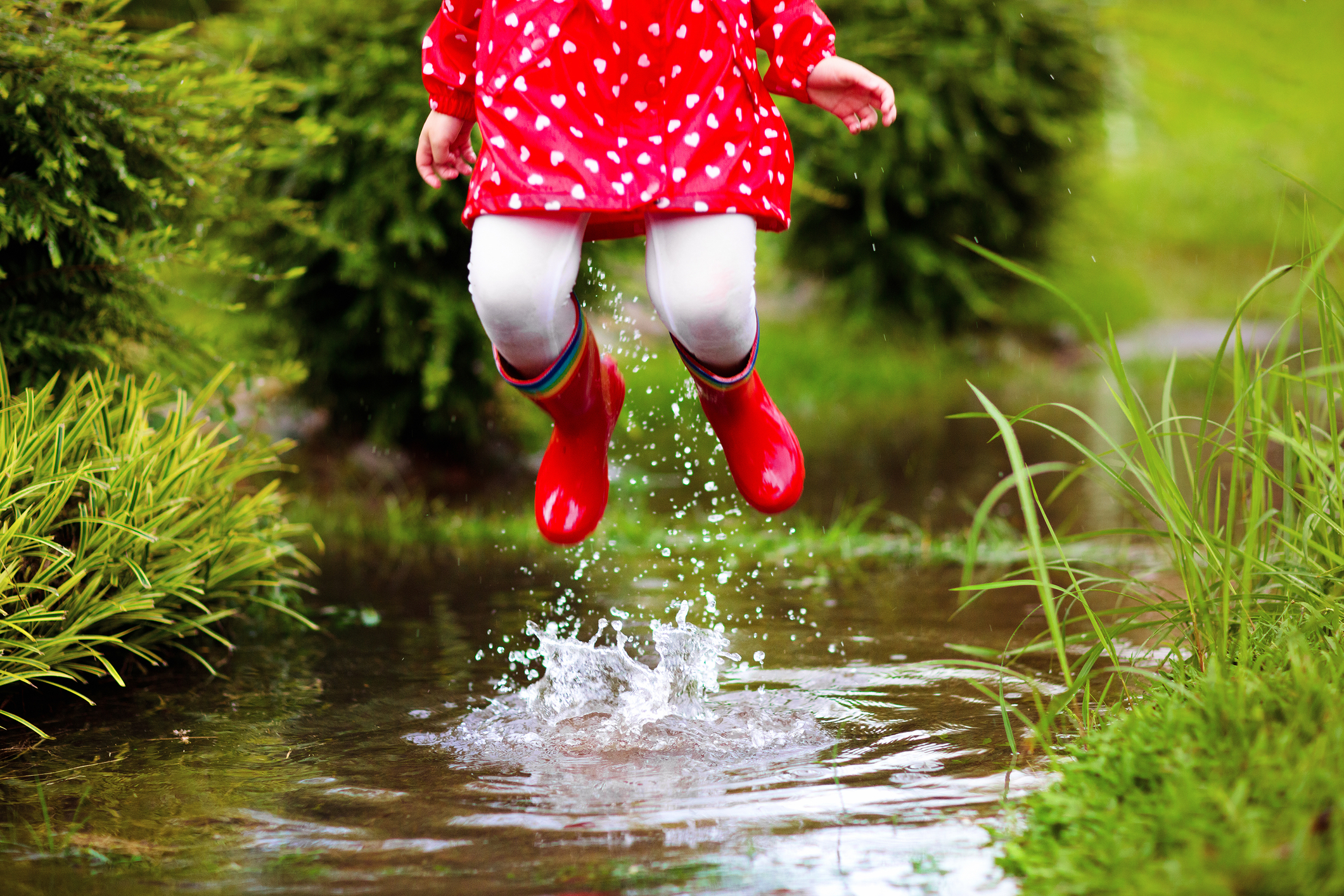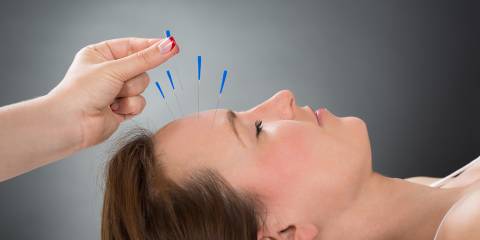Have you given much thought to how we, as humans, move our bodies? There’s plenty of advice given about the optimal position for sleeping, or the proper way to sit behind a desk. But the most natural and healthiest ways of moving are not discussed as much.
Feel Your Best
We know that physical activity is key to boosting mood and improving an overall sense of wellness. The training known as natural movement integrates these concepts into a unique approach to motor learning and physical education. One of the goals of natural movement is to combine the ability to move well in your everyday life while performing the activities you love with greater ease.
Natural movement is how we moved as children, before we stopped playing. It emphasizes how we were designed to crawl, roll, balance, swim, run, walk, carry, jump, lift, climb, throw, dance, and engage in rough-and-tumble play (combative movement).
Consider our ancestors. As recently as a few hundred years ago, their days were spent doing something we do little of today: moving on the ground through sitting, squatting, bending, and kneeling.
The areas they walked on were rugged and uneven—not the smooth and flat pavement commonplace today. In the past, humans had to balance on narrow logs to cross rivers and streams. Jumping and running were effortless feats. These skills were essential to survival in pre-modern days. And they were often done barefoot!
How Things Change
Our modern lifestyle is almost completely opposite of how our hunter-gatherer ancestors lived. These days most of us get too little exercise, and not enough variety at that. Humans even breathed differently than we do today in our over-stimulated, stressed-out world that keeps us on high alert.
An overreliance on creature comforts (think plump pillows, cozy couches, cushioned chairs) compromises our postures and keeps us from engaging our core muscles. We’ve been trained out of natural movement with the hours we spend sitting behind desks and steering wheels. It’s no wonder moving naturally no longer feels . . . natural.
Move Your Body
Our human bodies were designed to climb, balance, jump, throw, lift, swim, and dance. Natural movement incorporates these activities and is suitable for any fitness level. A playful and joyous way to move, it can be done indoors or out.
As an exercise that progresses along with the participant, natural movement increases flexibility and fitness, improves mood, and increases vitality. It can even help improve one’s motor control.
Natural movement’s exercise trainings aren’t reserved just for the fit. The average human can do so much more than they’ve been led to believe. Natural movement celebrates the ways our bodies can move, inviting everyone to explore, play, and connect with the outdoors in ways that feel right for them.
Some may think the following movements from MovNat™ (the leading organization providing natural movement workshops as well as certifications) are basic and not worth performing on a regular basis. Yet natural movement instructors stress that few people can do them efficiently. Consider how many of the following you can do while still maintaining maximum control with little effort.
Deep Squats
These should be held for several minutes while going down fully and effortlessly).
Knee Hand Crawl
It’s a basic movement for babies. As an adult, can you do it with practically no effort?
Deadlift
It's essential to get this fundamental lifting skill right.
Balancing Walk
While a seldom-used skill in modern life, it’s still important to have this ability.
Stepping Over
A practical skill when exploring nature, this movement encourages tall posture and relaxed breathing.
Stepping Under
This skill emphasizes tall posture and relaxed breathing.
Leg Swing Jump
This is an ideal movement for beginners, since you jump a short distance with a soft landing.
Inverted Crawl
Arms are straight, shoulders are stabilized, and the forward movement comes from the legs.
Deadhang
This is a basic and foundational movement for climbing; yet many people don’t have the shoulder mobility to do it.
Lapping
This is a lift-and-carry technique to bring an object from the ground to one’s lap before carrying it.
Chest Throw and Catch
How to carry something that’s both heavy and awkward while maintaining proper technique.
Chest Carry
There are many variations on how to carry an object, and this is the most basic. But try it with proper posture and breathing while relaxing.
Split Squat
Drop to the ground on one knee while lunging forward with the other leg.
Deep Knee Bend
Both a position of rest and a transition between movements. This should be performed with unconscious competence.
Welcome to the Great Outdoors
Natural movement is not only about exercise. If the training occurs outside, an emphasis on appreciating nature is also encouraged. Participants are invited to squat to look at a passing insect, or bend to touch a mossy rock.
Time is taken to lie on the ground, quieting the mind and daydreaming while watching clouds float by. Natural movement encourages engaging your senses. You are guided to explore how your body feels, and to sense what is happening around you. This could be anything from listening to a chorus of birds to feeling a breeze move across your skin.
What to Expect
Most participants feel stronger and more stable after about a month of natural movement training. Of course, one’s commitment is key. When experiencing an increase in stability, students often feel encouraged to keep moving. This is why in the beginning of training a lot of time is spent working on balance.
As with anything, limits will eventually be reached. When this happens, you’re encouraged to go beyond those limits with your training.
If you’re interested in pursuing a natural movements lifestyle, look for online courses and workshops. There are also books that teach the practice.
If you decide natural movement is not for you, you can still reap its benefits by moving often, stretching, incorporating play into your life, going barefoot, and sitting on the floor.





